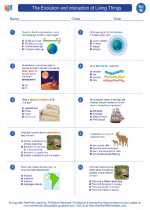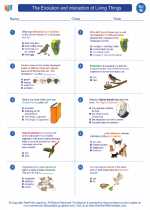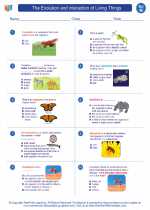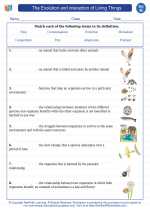Crystalline Structure
Crystalline structure refers to the arrangement of atoms, ions, or molecules within a solid material. These materials are characterized by their highly ordered and repetitive atomic structure, which results in the formation of distinct and symmetrical geometric shapes known as crystals. The arrangement of the constituent particles in a crystalline solid is governed by the forces of attraction and repulsion between the particles, leading to the formation of a three-dimensional lattice structure.
Key Concepts
- Lattice Structure: The three-dimensional arrangement of atoms, ions, or molecules within a crystalline solid.
- Unit Cell: The smallest repeating unit of the lattice structure that represents the entire crystal lattice.
- Crystal System: The classification of crystals based on the geometric arrangement of the lattice structure, including cubic, tetragonal, orthorhombic, hexagonal, rhombohedral, and monoclinic systems.
- Crystallography: The scientific study of crystals and their structure, including the use of X-ray diffraction techniques to determine the arrangement of atoms within a crystal.
- Crystal Defects: Irregularities or imperfections in the crystal lattice, such as vacancies, dislocations, or impurities, which can affect the material's properties.
Study Guide
When studying crystalline structure, it is important to understand the following key concepts:
- Describe the arrangement of atoms, ions, or molecules in a crystalline solid and how it differs from an amorphous solid.
- Explain the concept of a unit cell and its role in representing the repeating structure of a crystal lattice.
- Identify the different crystal systems and their characteristic geometric shapes and properties.
- Discuss the significance of crystallography in determining the atomic arrangement within a crystal.
- Explore the impact of crystal defects on the properties and behavior of crystalline materials.
Additionally, students should familiarize themselves with examples of crystalline materials in everyday life, such as salt (sodium chloride), sugar (sucrose), and various metals and minerals. They can also conduct hands-on activities or experiments to observe the formation of crystals and explore their unique properties.
Understanding crystalline structure is essential in various scientific fields, including materials science, chemistry, and geology, and it provides a foundation for understanding the properties and behavior of crystalline solids.
.◂Science Worksheets and Study Guides Eighth Grade. The Evolution and interaction of Living Things

 Worksheet/Answer key
Worksheet/Answer key
 Worksheet/Answer key
Worksheet/Answer key
 Worksheet/Answer key
Worksheet/Answer key
 Vocabulary/Answer key
Vocabulary/Answer key
 Vocabulary/Answer key
Vocabulary/Answer key
